I went out riding through Hemei not so long ago, drawn by the allure of a mysterious building that I will write about sometime soon. On the return trip I noticed this old home peeking out of the woods at the side of Zhāngxīn Road 彰新路, better known as highway 139. I don’t stop every time I see the signs of abandonment—for I would never get anywhere at all in rural Taiwan if I did so—but this place seemed worth a look. After pushing through the overgrowth I was impressed by the beauty of the stonework and inscriptions on the outside of the building.
When I originally published this post in 2015 it was beyond my ability to transcribe the characters in the inscription over the door but I’ve become more proficient since then. Revisiting this post in 2017, I figured out the nameplate reads Lìshān Yǎnpài 歷山衍派, a traditional couplet 對聯 linking this abandoned home with several others in the area, Húnèi Village 湖內里, all owned by a family with the surname Yáo 姚姓. The first two characters of the inscription can be found on several other homes in the immediate vicinity, including one just next door by the name of Lishan Hall 歷山堂.
Previously I wrote that this building probably dates back to the Qing dynasty era but that is very unlikely given the prevalence of red brick. In the absence of better information I’d guess this was built in the late Japanese colonial era or early KMT authoritarian era and, since it is located on the periphery of a cluster of similar homes, probably represents the greatest extent of the Yao family in this area.
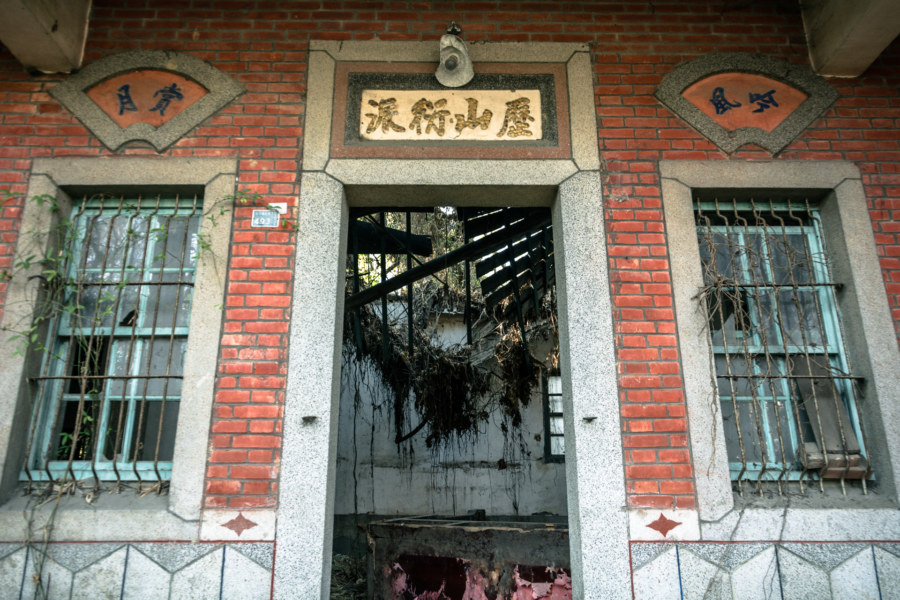
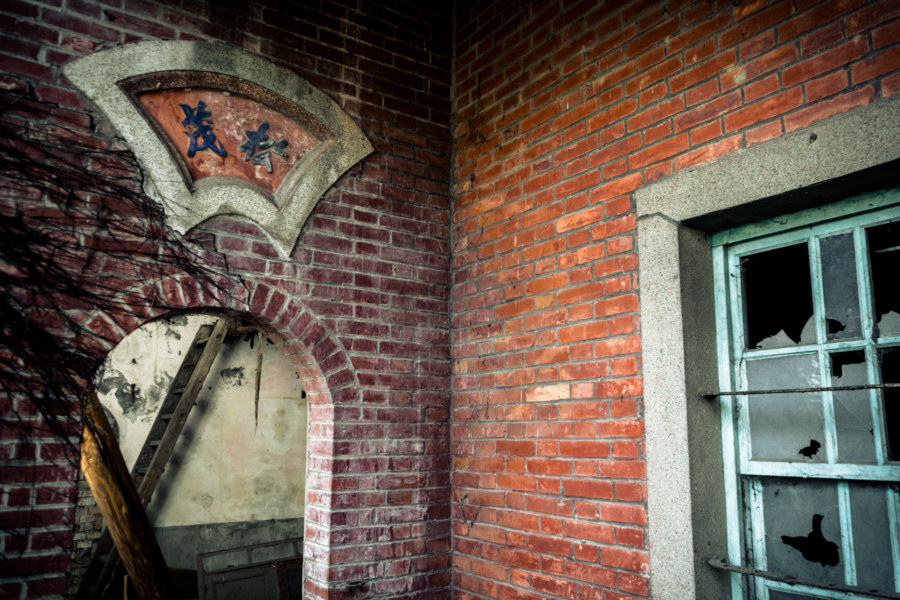
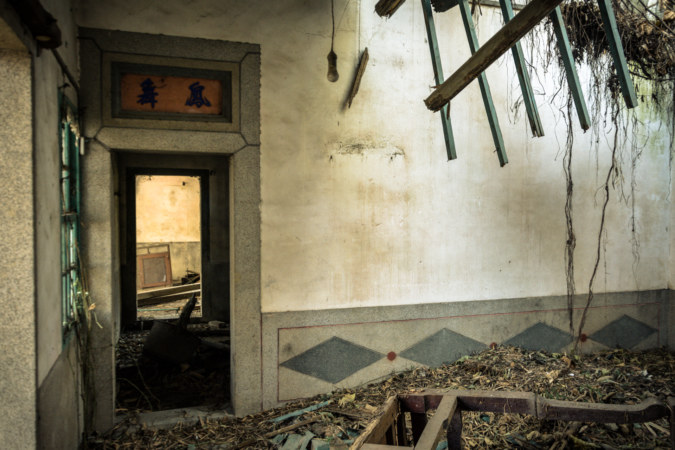
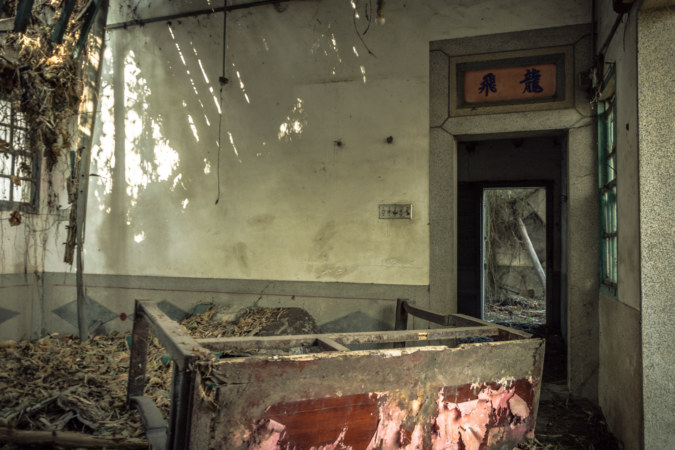
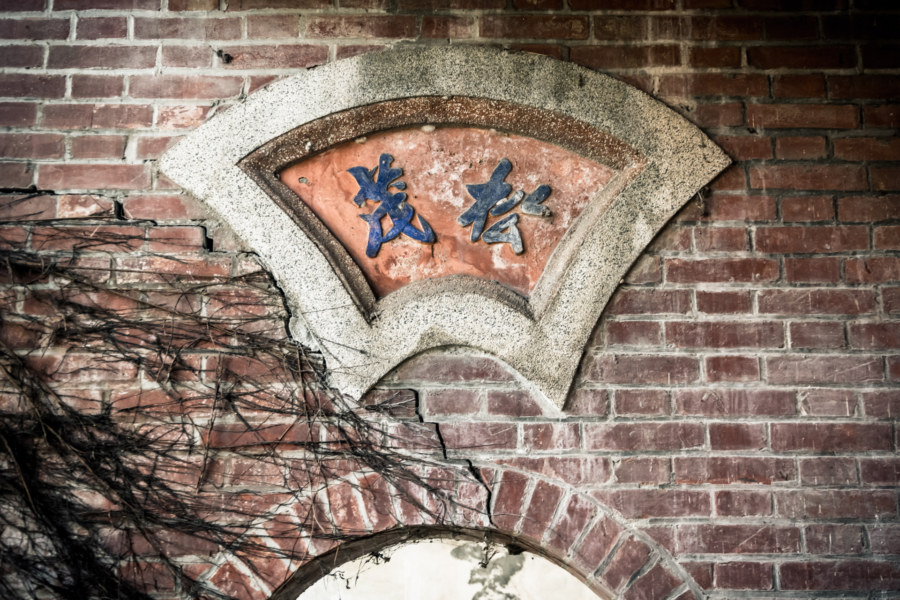
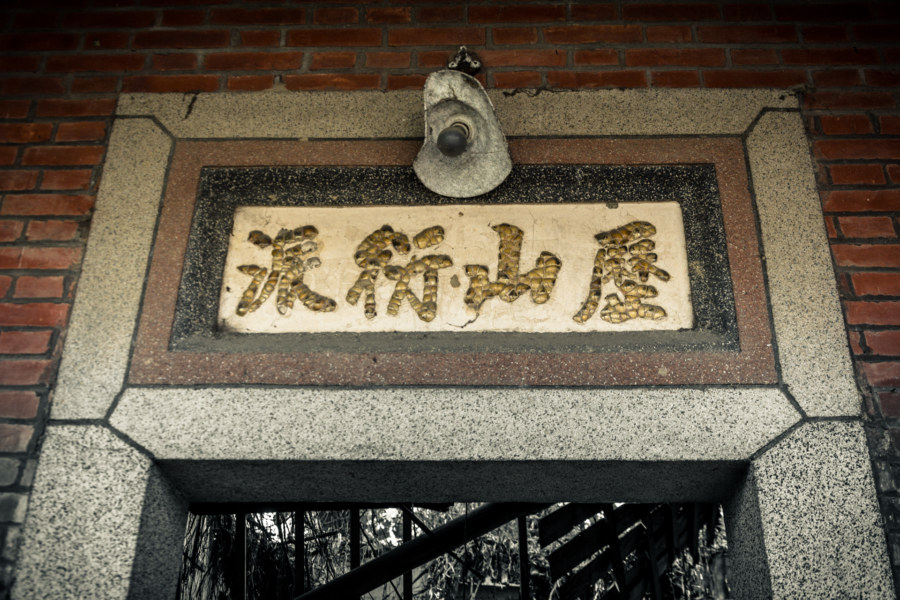
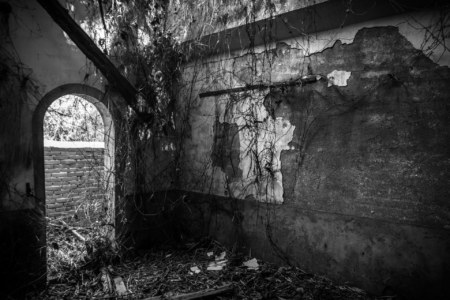
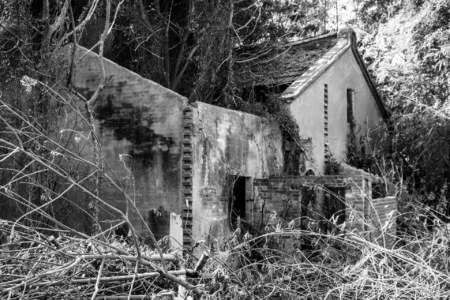
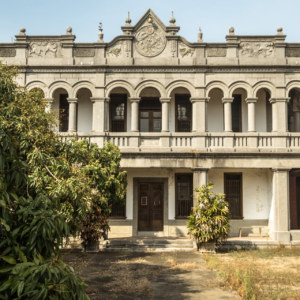
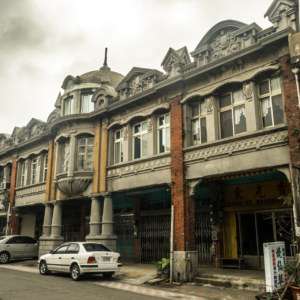
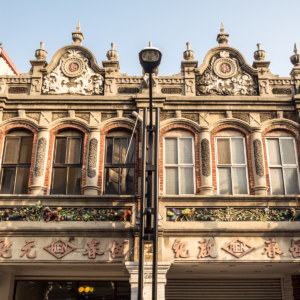
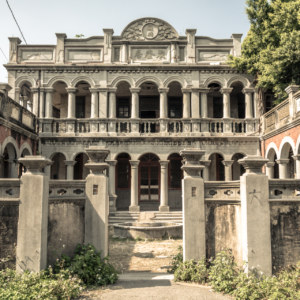
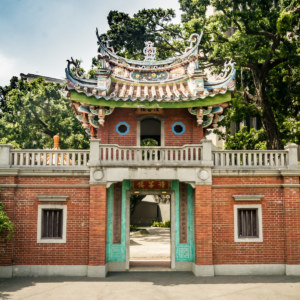
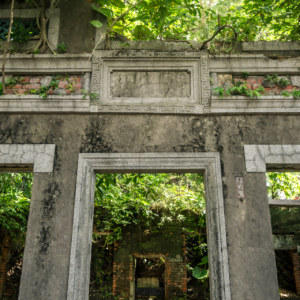
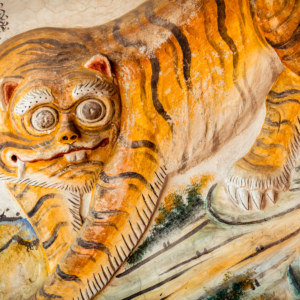
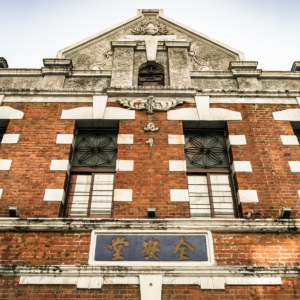
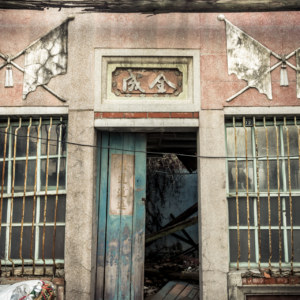
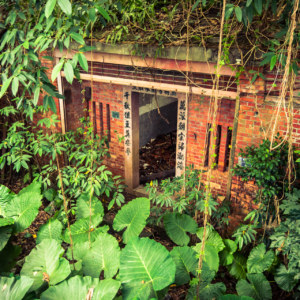
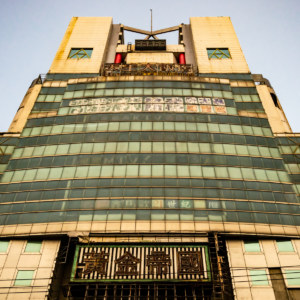
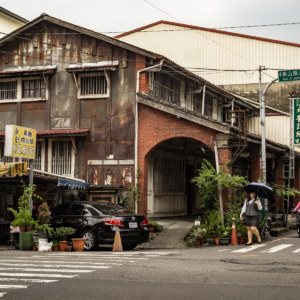
Write a Comment